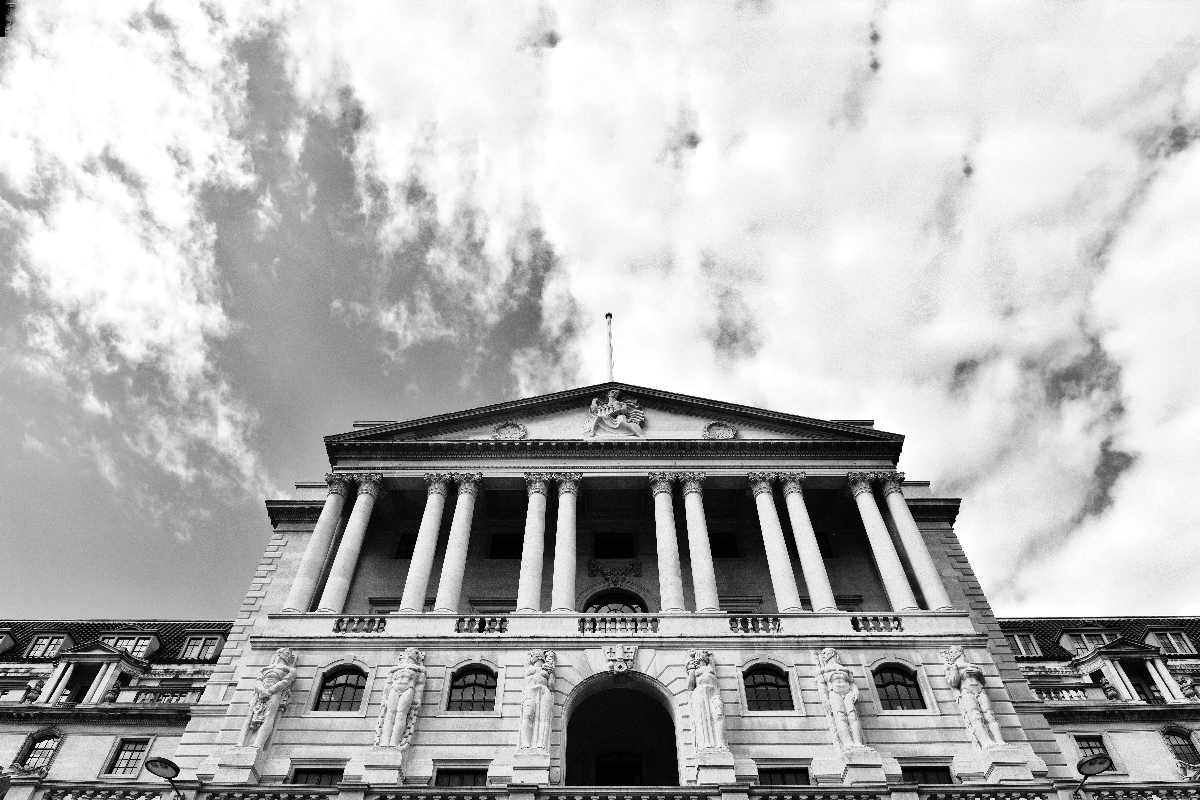| Updated:
For months there was a clear pattern with the labour market figures: Wage growth remained persistently high even though there were signs of increasing slack in the labour market.
That trend has now been inverted.
For the second month in a row the figures show that pay growth eased markedly even while unemployment edged lower.
There’s no doubt that the Bank of England will be more comfortable with this combination than the former, but it still raises important questions about how policymakers should be interpreting the labour market.
Start with wages. From the perspective of containing inflation, there was unambiguously good news on wage growth.
Total pay growth eased to four per cent, its lowest level since November 2020. The slowdown was partly due to one-off payments made last year to public sector workers, but the wider trend is unmistakable.
Private sector regular wage growth, the most important measure for the Bank of England, fell to 4.9 per cent, the first time it has been below five per cent since April 2022.
There’s likely to be a slight pick-up in wages over the remainder of the summer as the latest public sector pay deals filter through, but Bank officials seem confident that this will not disrupt the disinflationary process.
While interest rates look set to be held at 5 per cent at the Bank’s next meeting in September, Rob Wood, chief UK economist at Pantheon Macroeconomics, said the wage figures gave the Bank the “green light” to cut rates again in November.
But turn to the unemployment numbers, and the picture is more murky.
The figures suggest that the unemployment rate slipped back to 4.1 per cent in the three months to July, having hit a peak of 4.4 per cent in May.
The ONS made clear these figures should be taken with a healthy pinch of salt. Many analysts suggested that the rate of joblessness was artificially lowered thanks to June’s reading, which was “spuriously low”.
Other parts of the survey paint a bleaker picture for the labour market, with the number of vacancies falling for the 26th consecutive month.
The number of payrolled employees also contracted at a much sharper rate than expected in August, with 59,000 people falling out employment in the month. This would make it the largest monthly contraction since 2020, although these figures are often subject to hefty revisions.
Sanjay Raja, chief UK economist at Deutsche Bank, said that the payroll figures suggest that the unemployment rate “is not on a one-way road down”.
Business surveys, notably KMPG’s report on jobs, also point to a slowdown in hiring activity.
Ellie Henderson, an economist at Investec, said: “It is extremely difficult to clear through the fog and see a clear picture of the labour market at the moment, but the winds seem to be blowing towards looser conditions”.
While today’s figures do not move the dial on a September rate cut, most economists now think the Bank will be in a position to cut rates again come November.

